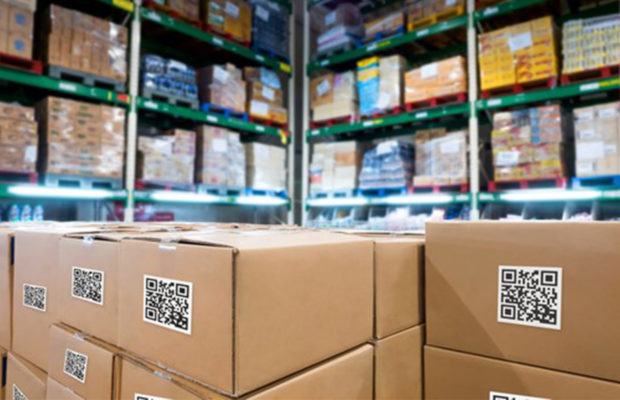3 Ways IoT Inventory Management Is Transforming The Future Of Manufacturing

Pressure sensor manufacturer Dynisco needed to reduce costs generated by excess inventory and inefficient use of supplies. Improving design and implementing assembly practices helped, but there was still too much inventory, as well as issues with lead time and quality. Dynisco was finally able to solve its overstock problem by adopting an automated inventory system integrated with the Internet of Things (IoT). By using the IoT to automatically track inventory and supplier data, Dynisco was able to reduce active inventory by 40 percent.
The case of Dynisco illustrates why so many manufacturers are turning to the Internet of Things for inventory management. Nearly half of all North American manufacturers are enjoying better inventory control from using the IoT for real-time monitoring, a recent Decision Analyst survey found. Here’s a look at three ways that the IoT is making inventory management easier and shaping the future of manufacturing.
RFID To Track Inventory Items In Real Time
The foundation of an IoT-based inventory system is radio-frequency identification (RFID) technology. An RFID system consists of three major components:
- RFID tags contain electronic identification codes which carry information about specific inventory items, or other objects such as raw materials, parts such as O-rings, containers, pallets or shelves.
- RFID readers use radio waves to receive information from RFID tags or send information to them, and the information is then stored in the cloud.
- RFID antennas relay signals between tags and readers.
Together with the cloud, these components allow businesses to store and track real-time inventory data. For instance, as an item is received at the warehouse and tagged, it automatically gets entered into the inventory system. Using automated inventory tracking saves up to 18 hours of manual labor a month, while reducing the risk of human data entry error.
Big Data Analytics For Smarter Inventory Management
The power of RFID tags reaches is full potential when RFID is paired with inventory management software with analytics capability. Inventory management software represents an advance on inventory tracking with spreadsheets, which must be updated manually on a periodic basis. Inventory software, in contrast, is updated continually, giving you real-time data, which can be used to generate real-time insights.
This not only allows you to automatically track your inventory, but it empowers you to make predictions about future inventory needs so you can optimize your inventory. By using big data analysis to predict when inventory items will run out, when they will be needed, and how long it will take to restock them, you can avoid overstocking while minimizing lead times. For instance, fashion retailer Zara was able to use an RFID inventory system to bring a garment from the design stage to smart warehouses in just 10 days.
Test management tools and quality management software systems should foster a greater degree of collaboration among team members while simultaneously automating the responsibilities most susceptible to human error.
Leveraging VR, AR & Robots For Improved Efficiency And Faster Delivery
The Internet of Things also includes virtual and augmented reality visors, which are helping improve inventory efficiency. Visors can be paired with RFID tags to help warehouse workers and floor associates more quickly locate inventory items. Instead of having to manually locate an item, workers can automatically see where the item is using the visor.
Some brands are already taking this to the next level by having robots assist with warehouse picking. For instance, retail giant Tesco is using robots that can automatically navigate aisles, scan RFID tags to check inventory and notify staff which inventory needs to be replenished.
RFID tags provide the backbone of IoT inventory management, feeding data into inventory software for smart analytics and optimization, and providing an identification system that can be leveraged through augmented reality and robots. These IoT applications are empowering manufacturers to save time on labor, improve efficiency and cut costs.










 © 2024
© 2024
0 comments